How to beat the parts shortage: Keep your bike on the road and not waiting on a delivery
The pandemic has led to acute shortages of certain bike parts, with lead times from months to years in some cases. Here are some tips to help you avoid the worst.
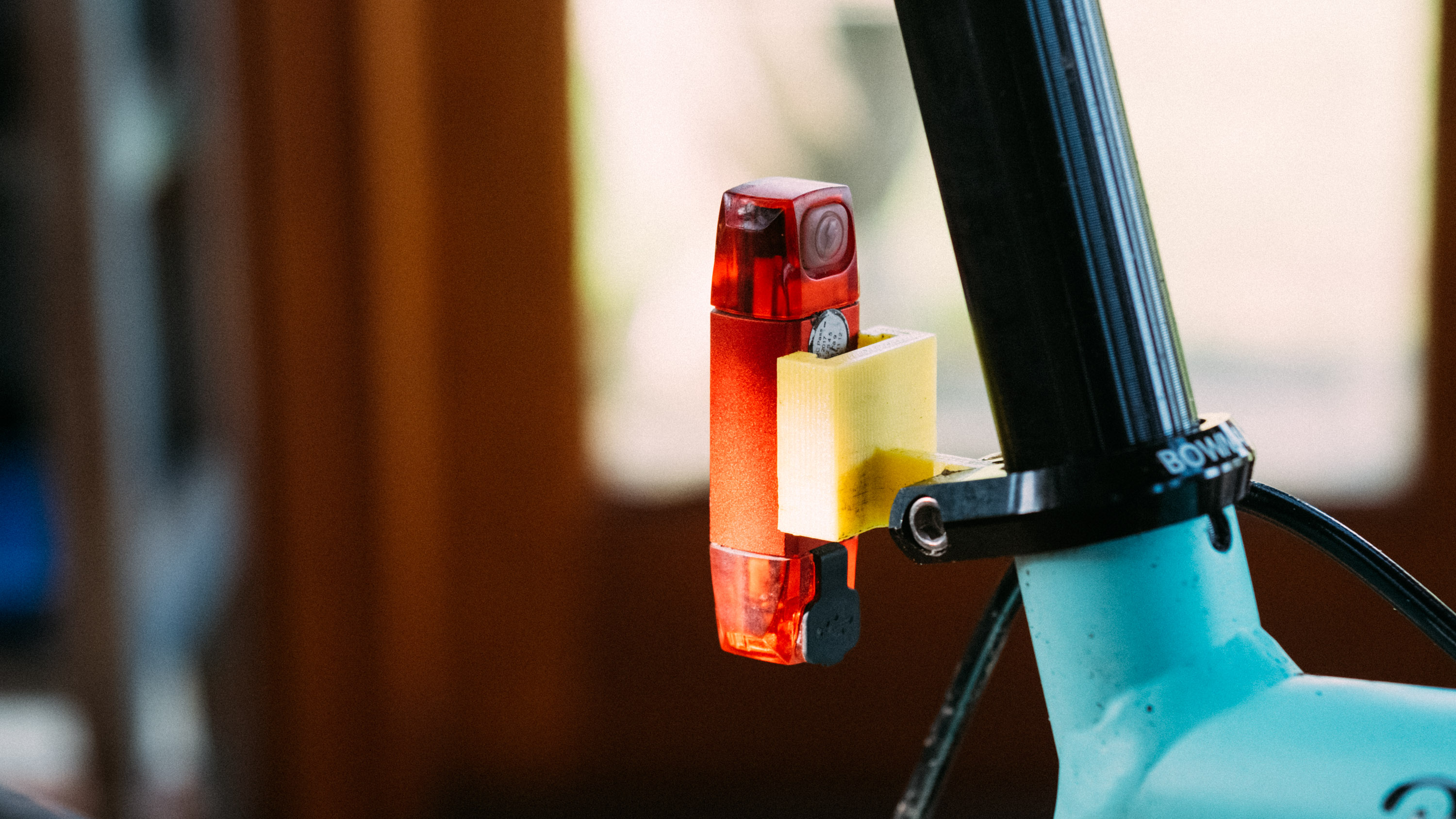
Through a universal lens perhaps being unable to find a 13-speed compatible chain in stock anywhere isn’t the greatest hardship anyone has faced in the last few years. However, throughout the pandemic, a sizeable section of the population, both new and existing riders, turned to cycling as a way to stay fit, get around, and reap the benefits for their mental health.
This rapid uptake in the sport, combined with factory closures and material and labour shortages has created global bike and component shortages, with ‘Out Of Stock’ messages afflicting complete bikes, parts, accessories and apparel.
The resulting downtime to your riding is undoubtedly frustrating, so here are our top tips to beat the parts shortage, get your bike out on the road, and keep it there for as long as possible.
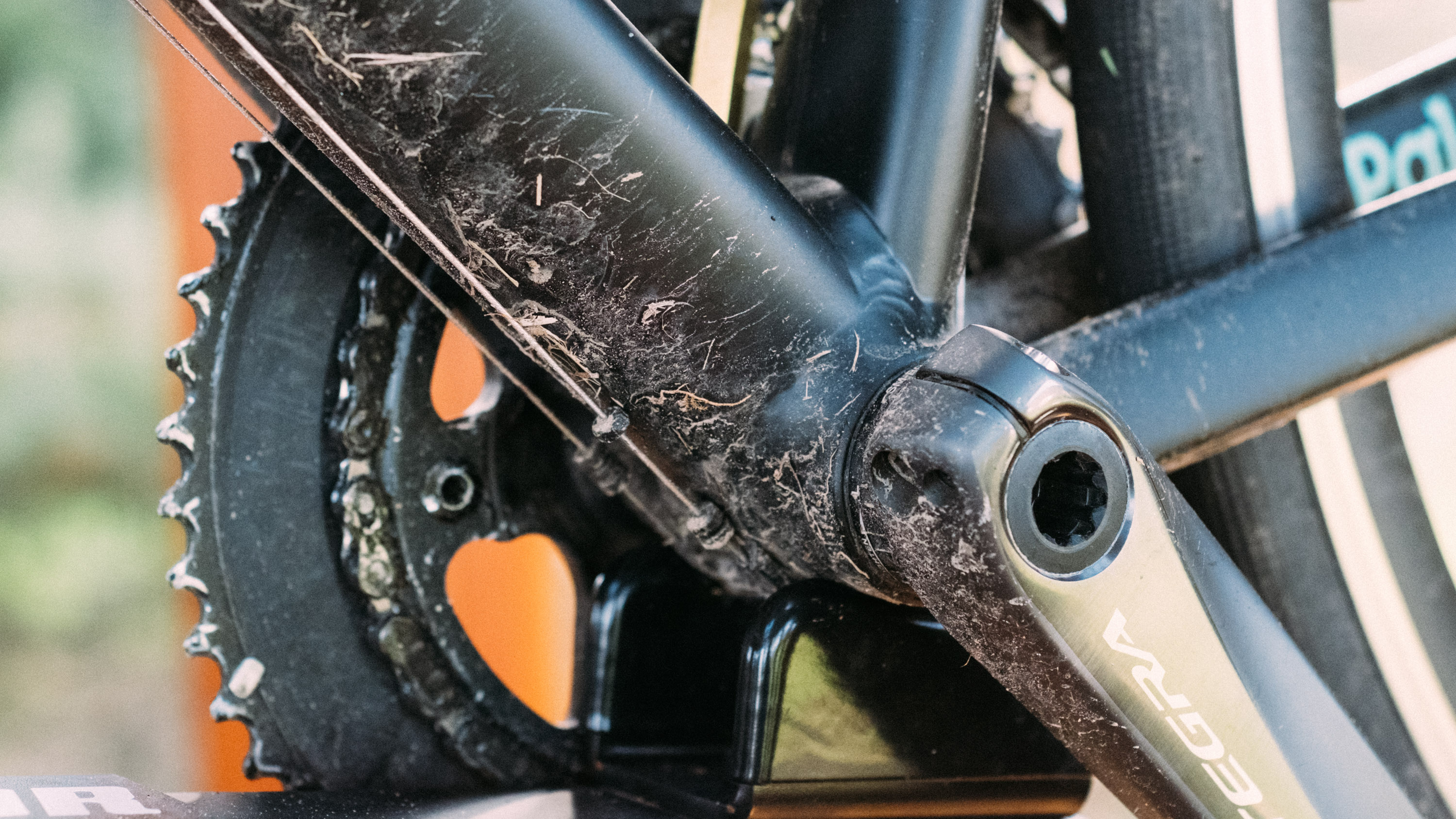
Clean your bike
This is a drum we will continue to bang; having a dirty bike will wear your components out faster. Every bit of dirt that gets caught up in your chain lube causes it to act less as a lubricant and more as a grinding paste, which in turn will mean your chain, chainrings, and cassette will need replacing after fewer miles. Likewise, constant grot ingress into your bottom bracket and headset will lead to premature bearing wear and necessary replacement.
Filthy disc callipers or braking surfaces of your rims will not only mean you go through brake pads much faster, you’ll also wear through the rotors themselves, or your rims - an even more costly replacement.
In short, getting a bucket and sponge out and spending a few minutes sprucing things up can save you time and money down the line. Unsure how best to get rid of all the grime? Our guide on how to clean your bike will take you through the essentials.
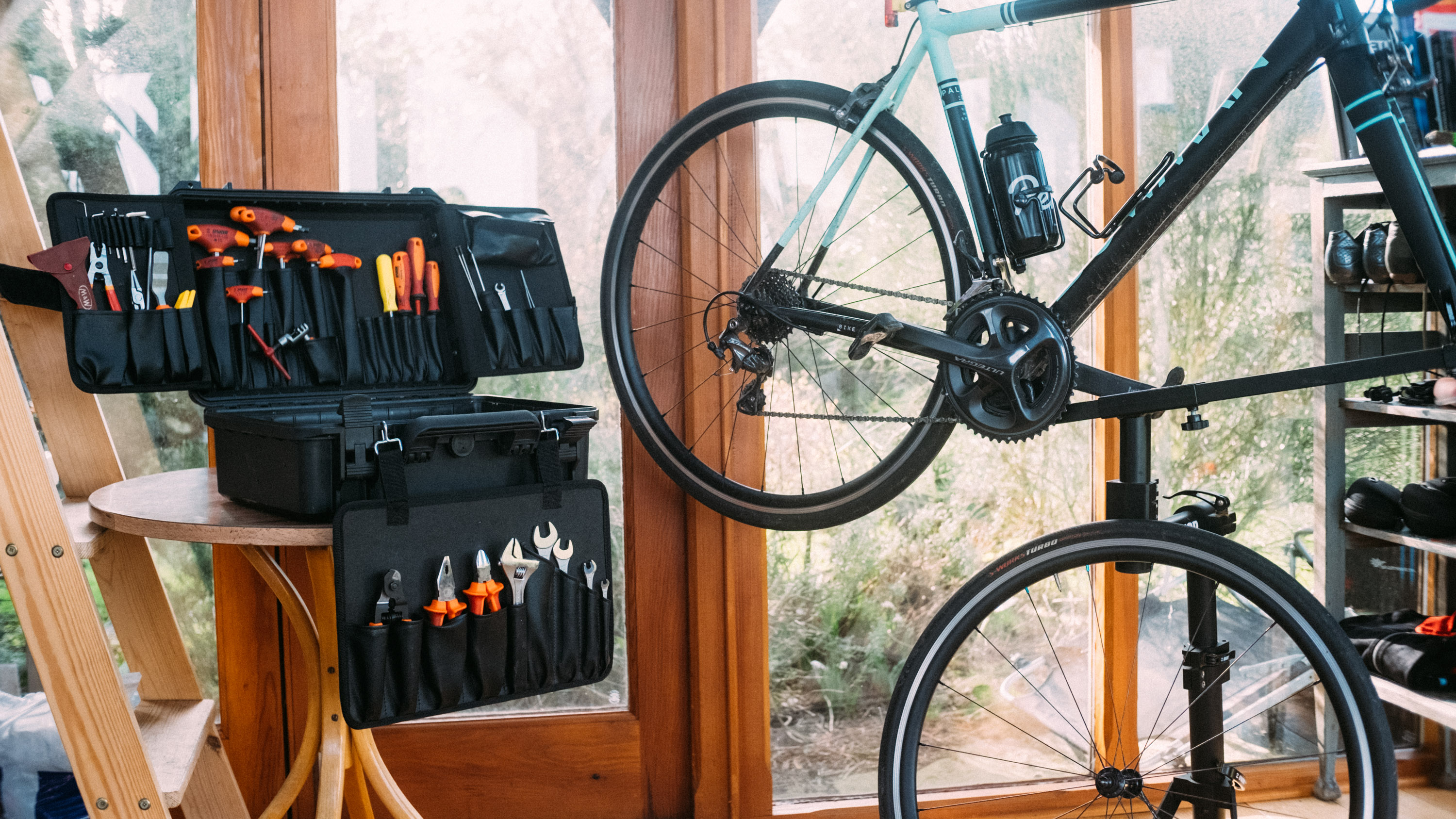
Learn basic bike maintenance
An uptick in the number of riders means slots for repairs at your local bike shop are fewer and farther between. Learning how to maintain your bike means you can rectify issues before they become terminal, saving yourself the need to purchase new parts or wait for a friendly mechanic to become available.
Get The Leadout Newsletter
The latest race content, interviews, features, reviews and expert buying guides, direct to your inbox!
You needn’t be a UCI-accredited mechanic; a basic toolkit, or even one of the best bike multi-tools, combined with a willingness to learn and a bit of patience will stand you in good stead. If you’re totally new to looking after your bike then start with the basics in our home maintenance tips. YouTube is an invaluable resource, as are your friends, so don’t be afraid to ask for help. Everyone was in your position at one point.
As your mechanical aspirations grow you’ll need a decent bike stand to make your life easier; head to our guide to the best bike repair stands when you’re ready to make the leap, or to upgrade from your current setup.
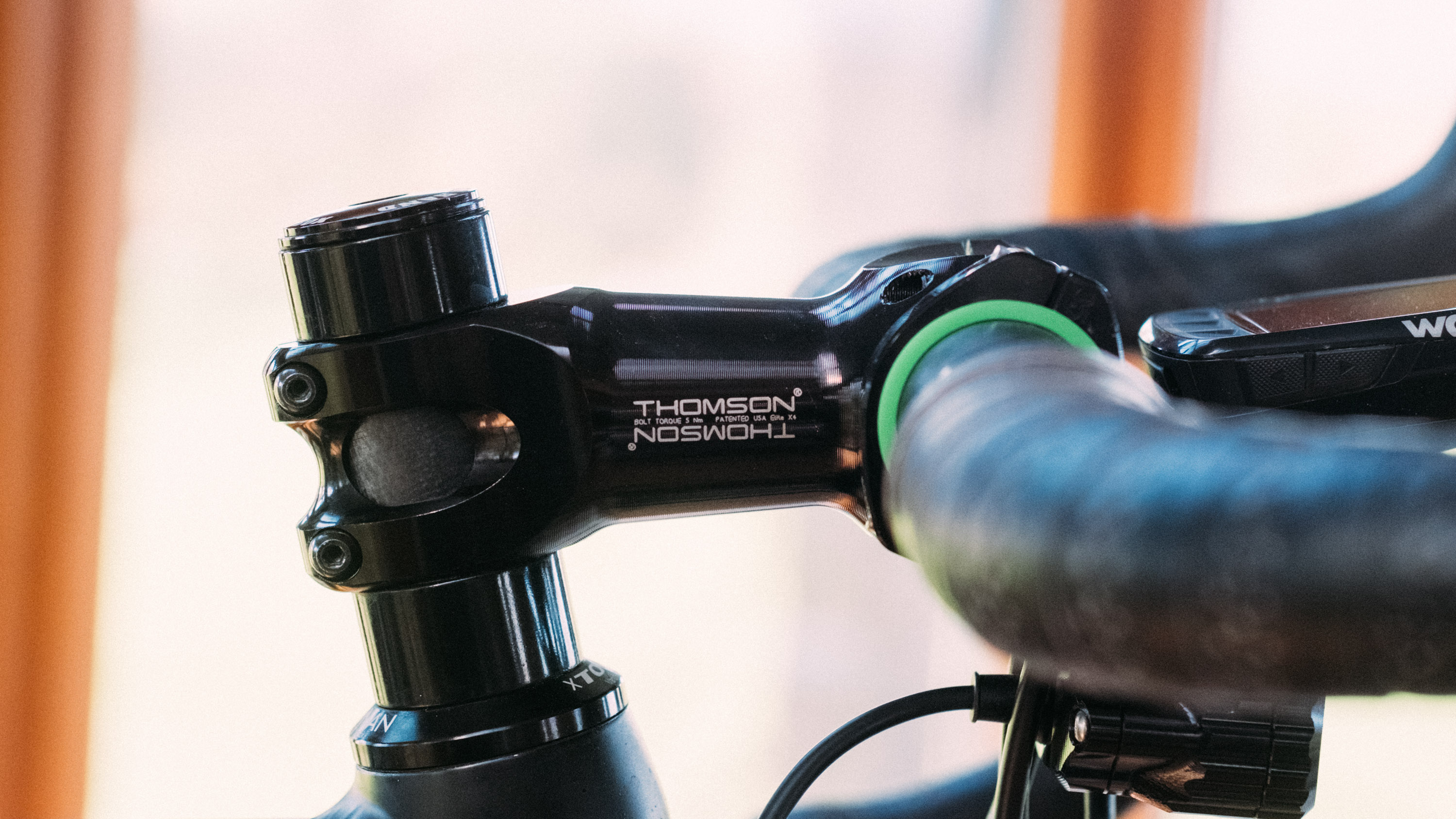
Buy serviceable/quality parts
“Buy cheap, buy twice” is an extremely relevant adage when trying to avoid the pitfalls of parts shortages. Not only will buying something that’ll fail almost immediately be a false economy, it will lead to double the delays and even worse could put you in danger.
While buying the highest quality products is a luxury reserved for those who can afford them, certain brands have made a name for themselves in creating durable parts across their range. If you’re in two minds around a replacement it’s almost always better to go with a known, trusted brand.
Furthermore, some lower end parts are designed with a finite service life in mind. Cranksets with chainrings riveted in place, for example, will need to be disposed of wholesale once the teeth wear out. In contrast, a crankset with replaceable rings will only need the ring(s) replacing. This is a more sustainable use of resources, in addition to preventing you from replacing more parts than necessary.
Buy used
While new parts are like hen’s teeth in some cases, the used bike and used parts market is in a much better state. The number of options available on sites like eBay, Craigslist, Gumtree, and Facebook Marketplace for example boggles the mind.
Naturally, you’ll need to know what you’re looking for, and have a good eye for spotting potential issues, but buying used can get your bike up and running again in extremely short order. If you think about it, once you throw your leg over a brand new bike and take those first few pedal strokes every component instantly becomes used, so the snobbery often associated with second-hand gear is definitely misplaced.
There are numerous pitfalls to buying on the used market, but luckily for you we have a guide on how to buy a used bike. The tips within also translate nicely to components too.
Backwards compatibility
Has your Ultegra R8100-equipped bike gone through a cassette, but you can only find an equivalent 105 version from two years ago, and you’re worried it won’t work? Getting your head around which components play nicely with others will stand you in good stead, whether you’re buying used or new.
While there are a near infinite number of component combinations, the following rules of thumb will be of use as you browse through the parts bin at the back of the local bike shop. There are always exceptions to every rule, so use these to guide your search and follow up with specific research:
- Shimano groupsets of the same number of speeds work with each other, e.g. 11-speed 105 will work with 11-speed Ultegra, 9-speed Sora will work with older 9-speed 105. There are exceptions, such as pre-1997 9-speed Dura-Ace, which works with nothing but itself.
- SRAM components of the same speed work with each other, regardless of whether they are road or MTB designated.
- Campagnolo components before 2001 of the same speeds work together, and those of the same speed from after 2001 work together, but don’t mix the two.
- In a pinch, any double front derailleur will probably work for a double chainset, with the same for triples
- A friction shifter will actuate more or less any derailleur, though they are front/rear specific.
- Brake callipers are compatible with any lever of the correct cable pull ratio (basically how much physical cable the lever pulls through).
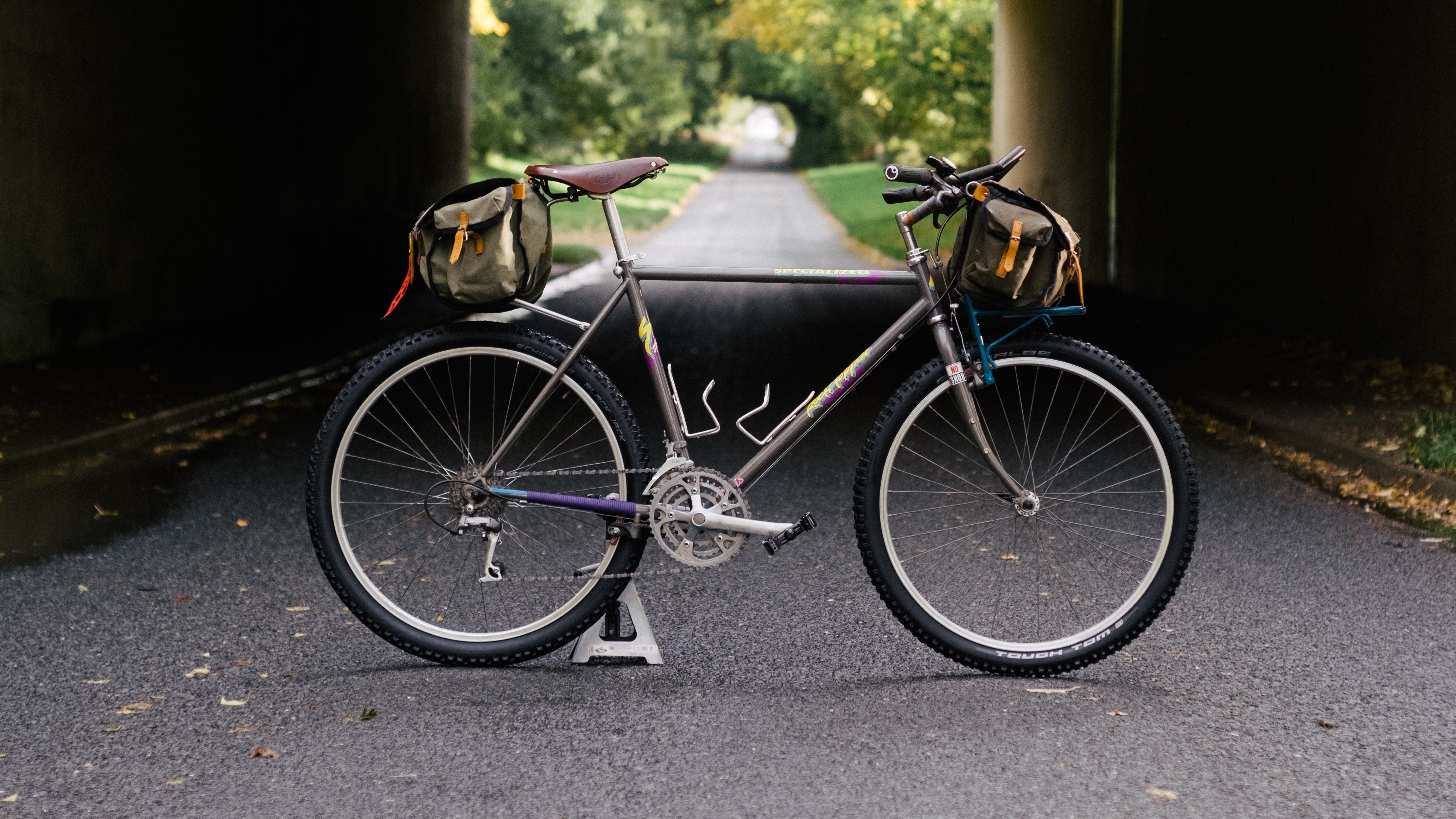
Have a hack bike for errands
Having even one bike is something not to be taken for granted, so I appreciate suggesting ‘buy another bike’ isn’t on the face of it a particularly helpful or even tactful suggestion. However, having a designated bike for just pottering about can save your fancy components from commuting grime, or the risks of being locked up outside the pub.
This is a prime place to take your pick from the used market, or maybe you’ve got your mum’s old bike in the shed that, with a bit of fixing up, could be a great runaround and a test bed for honing your mechanical skills too.
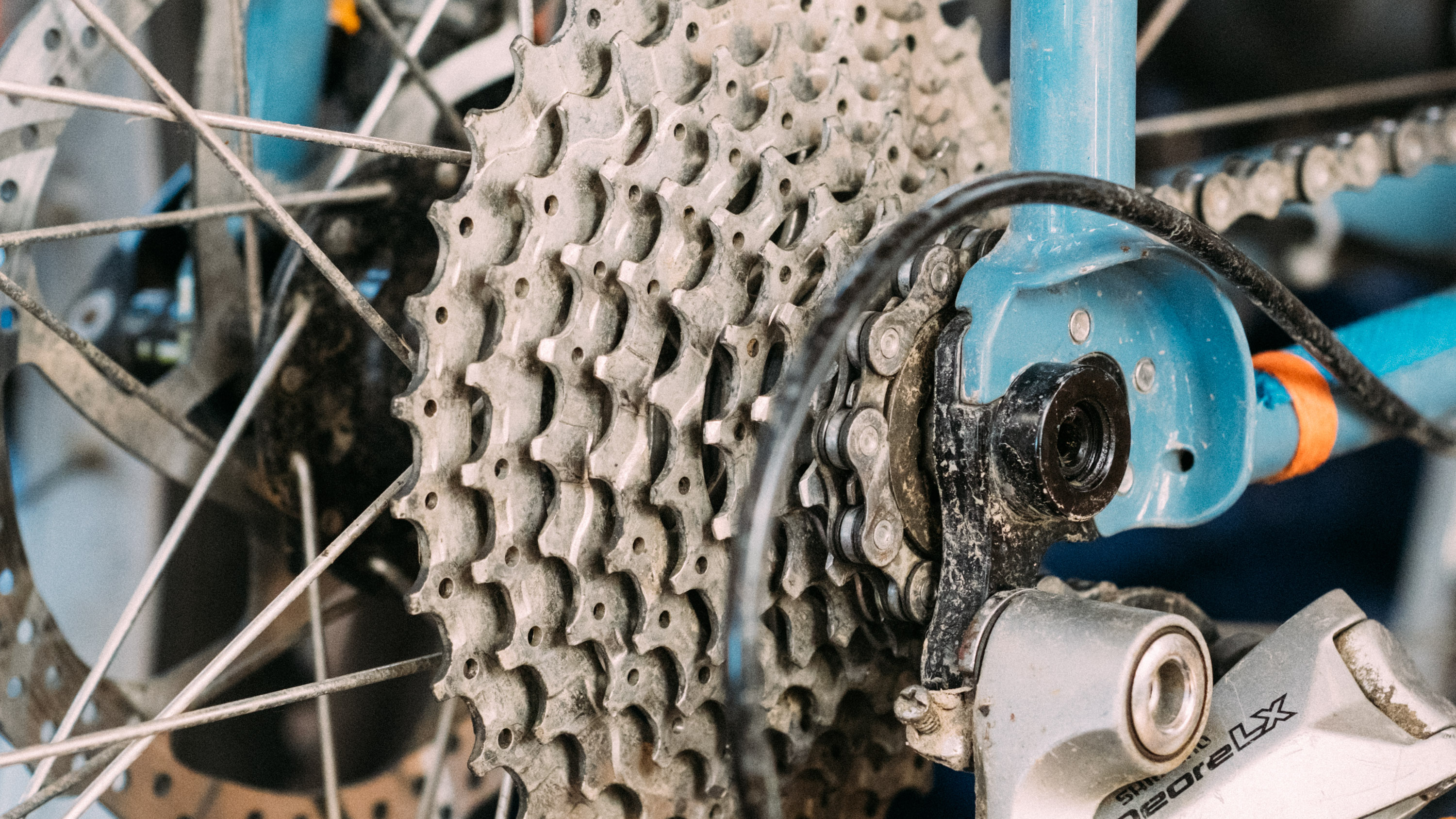
Use all your gears
If you resolutely stick in one or two of your gears, or only ride in the big ring, you’re placing all your wear on those sprockets. Remembering to shift into a gear appropriate for the gradient will spread the total wear over a larger number of cogs, and thus preserve the life of the components. Of course, if you live somewhere extremely flat like Norfolk or The Netherlands this may be easier said than done, but that’s where the next suggestion comes in.
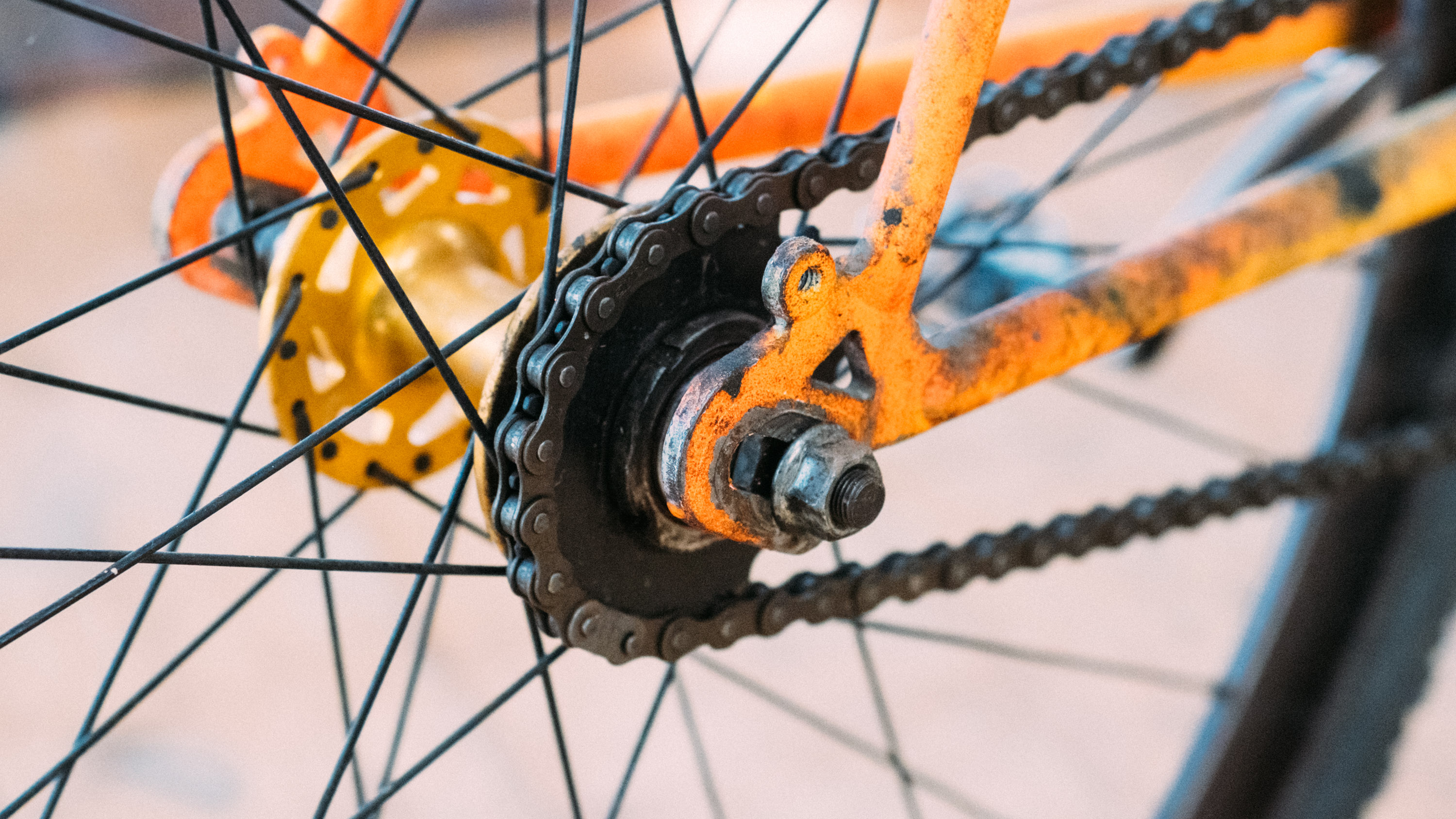
Convert to singlespeed or fixed
Maybe you live somewhere flat, or maybe you just cant find an 11-speed cassette anywhere. Given that singlespeed bikes are less common, the parts are more readily available. While it’s certainly easier with horizontal dropouts or an eccentric bottom bracket shell, most bikes can be converted to a single gear with a conversion kit.
Components designed to work with a single gear, be they fixed or not, are more heavily built. The sprockets are thicker, and the chain is more burly too, to better deal with the higher torque applied to them. This means they also wear out more slowly, saving you from having to replace bits. It also is a novel riding experience if you’ve never tried it, and a common site over winter for riders wishing to improve their souplesse, or pedalling style.
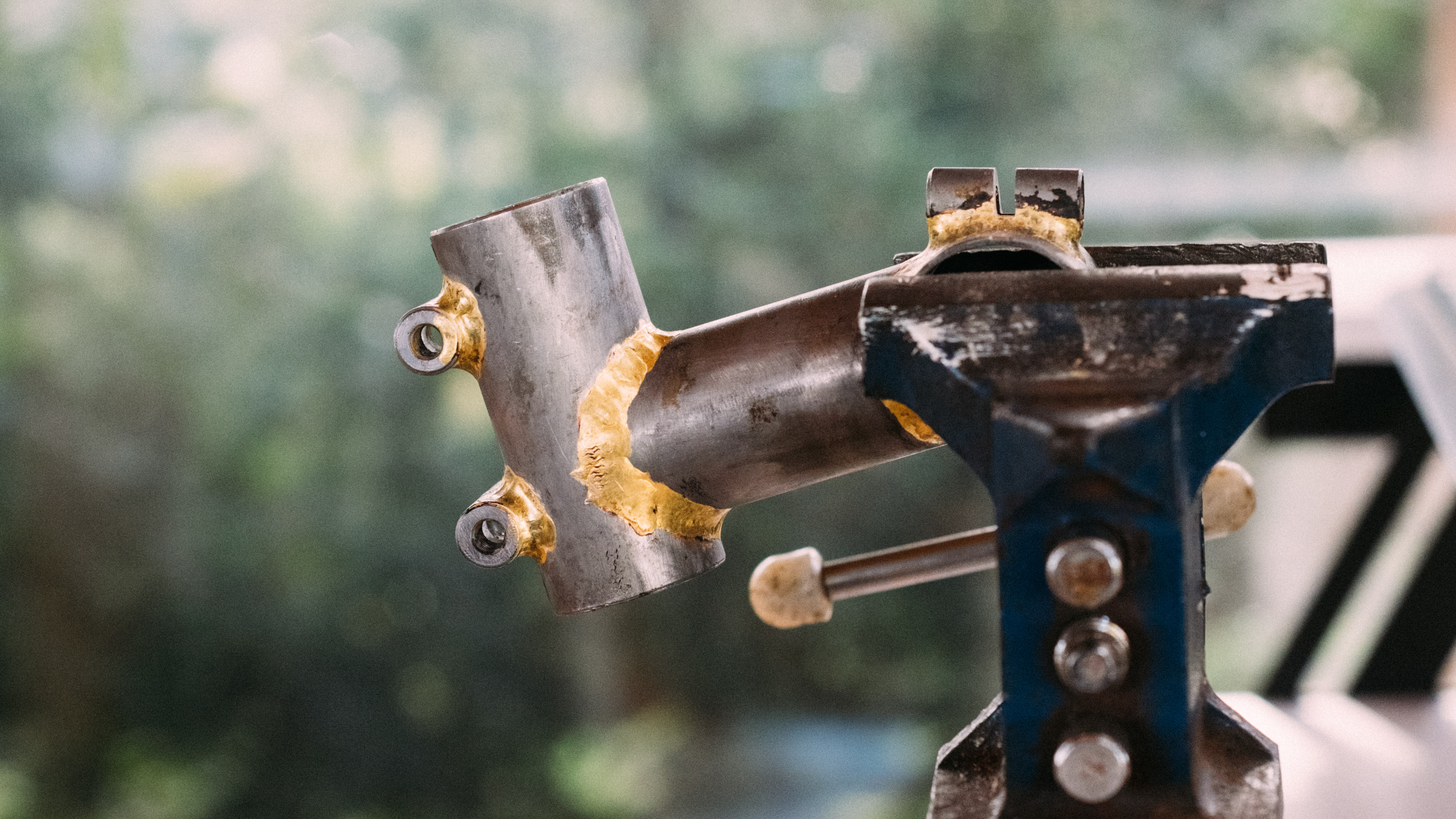
Make your own gear/bodge it
A phrase that often resonates around my mind is “Just because it doesn’t work perfectly doesn’t mean it doesn't work”.
Sometimes what you’re after simply isn't available anywhere, but that doesn’t mean you can't fabricate something that’ll do the job. Maybe it won’t do it as well as a commercially available product, but it may well do it better, and it’ll more than likely do it more cheaply.
3D-printing has opened up at-home manufacturing to the masses, but even for those of you without access to one, businesses exist that’ll take your designs, print them for you, and send them in the post.
At the extreme end, if you’re confident with welding or brazing, you can take quite a deep dive down the fabrication rabbit hole and even get to the point you’re building your own frames.
Naturally if you’re making your own gear you have no warranty protection or safety standards, so if you’re not absolutely confident in your design or skill then it’s best to stick to non-structural parts.
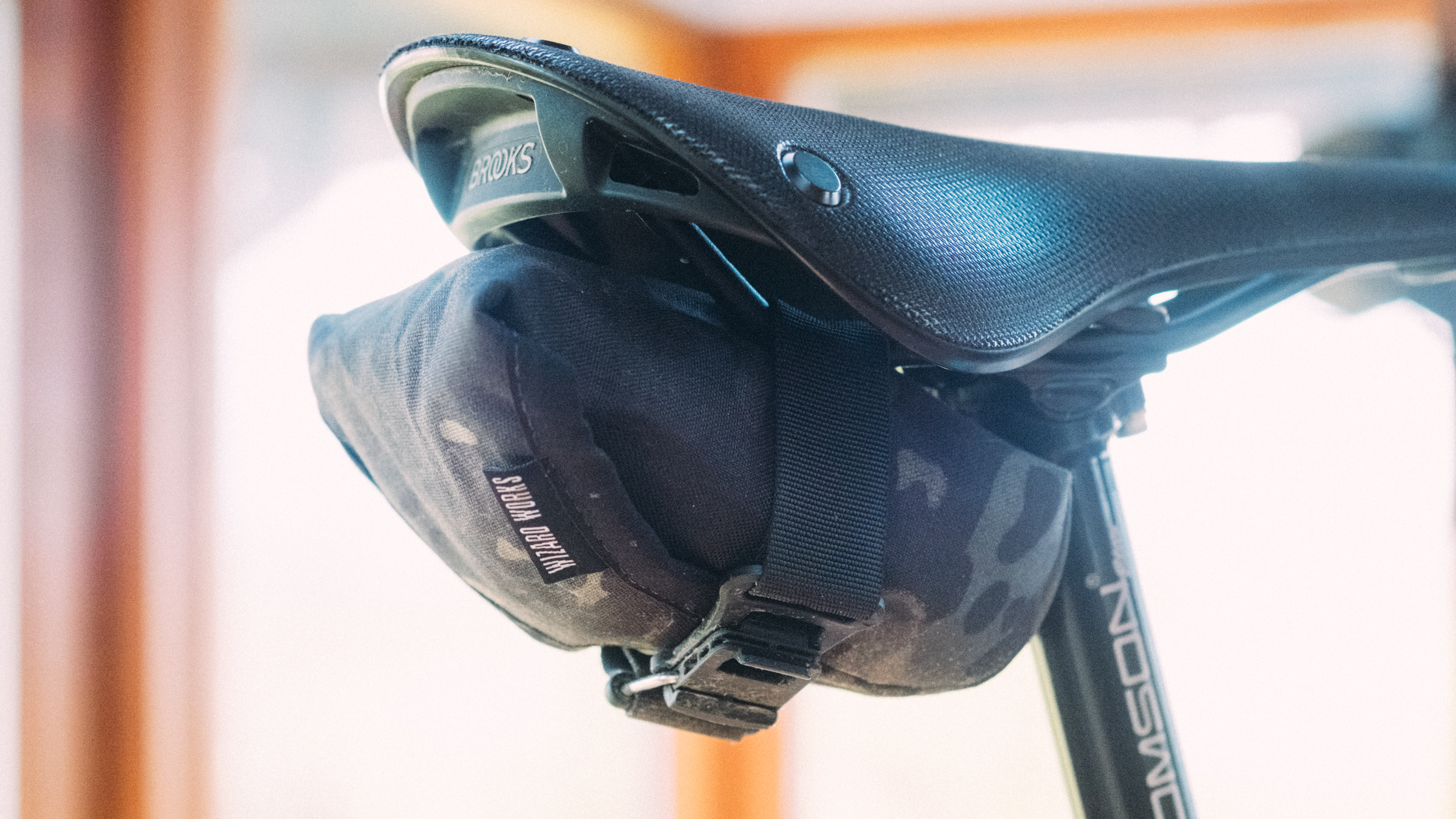
Try small businesses
While giant companies may be devoid of parts, there could be a boutique brand offering what you need flying just under your radar. They may not have the economies of scale to offer products at as competitive a price point of larger brands, but they are usually more agile, and so better placed to respond to rapidly changing consumer demands.
Furthermore, larger companies are more often than not better placed to weather the storms of an economic downturn, so maybe buying something from a boutique brand will give you that warm fuzzy glow we all love. Smaller brands also bring much-needed variety and innovation to the market, so they may well offer something that better suits your needs if you’re willing to put in the effort to seek them out.

Will joined the Cyclingnews team as a reviews writer in 2022, having previously written for Cyclist, BikeRadar and Advntr. He’s tried his hand at most cycling disciplines, from the standard mix of road, gravel, and mountain bike, to the more unusual like bike polo and tracklocross. He’s made his own bike frames, covered tech news from the biggest races on the planet, and published countless premium galleries thanks to his excellent photographic eye. Also, given he doesn’t ever ride indoors he’s become a real expert on foul-weather riding gear. His collection of bikes is a real smorgasbord, with everything from vintage-style steel tourers through to superlight flat bar hill climb machines.